The bourbon industry, long considered one of America’s most resilient markets, is facing a sobering reality: bankruptcies are sweeping through distilleries as demand falters and international trade challenges mount.
In just the past few months, three prominent bourbon makers have filed for bankruptcy protection, while others in the spirits industry have shuttered their doors entirely.
Distilleries in Crisis
Among the most notable bankruptcies:
-
Garrard County Distilling Co. in Lancaster, Kentucky, once hailed for blending traditional craft techniques with modern production.
-
Luca Mariano Distillery in Danville, Kentucky, which had positioned itself as a rising star in the premium bourbon segment.
-
Westward Whiskey in Portland, Oregon, known for experimental whiskeys and a devoted following in the Pacific Northwest.
Adding to the industry’s woes, Black Button Distilling in Rochester, New York, closed earlier this summer, sending shockwaves through the broader craft spirits community.
Why the Bottom Dropped Out
Industry experts say the collapse didn’t happen overnight but was the result of several compounding pressures:
-
Oversupply – For years, bourbon makers expanded production, anticipating endless growth fueled by the drink’s global popularity. Warehouses swelled with barrels, but demand failed to keep pace.
-
Tariffs and Trade Barriers – Much of the bourbon market relies on overseas sales, particularly in Europe and Asia. New tariffs have cut deep into export opportunities, driving up prices and reducing competitiveness abroad.
-
Shifts in Consumer Habits – Domestic demand for bourbon, once considered untouchable, has begun to soften. Younger drinkers are increasingly turning to tequila, ready-to-drink cocktails, and non-alcoholic alternatives, leaving some distillers without a stable customer base.
-
Economic Pressures – Rising interest rates and tighter financing conditions have made it difficult for smaller, craft-focused distilleries to manage debt loads built up during expansion.
Industry at a Crossroads
The wave of bankruptcies has left employees, distributors, and loyal customers reeling. For communities like Lancaster and Danville in Kentucky, the closures mean more than lost products on shelves—they represent lost jobs, tourism dollars, and a dent in cultural identity.
Meanwhile, larger players in the industry may weather the storm by cutting costs, consolidating operations, or buying up distressed assets. But the question remains whether bourbon can sustain its reputation as an enduring American export in a volatile global marketplace.
Some analysts suggest that distillers who can innovate—by producing smaller, specialty batches, diversifying into non-bourbon spirits, or cultivating direct-to-consumer sales—may survive the downturn. Others are less optimistic, warning that the bourbon bubble has finally burst.
What’s Next for Bourbon Fans?
For consumers, the collapse serves as a reminder of how fragile even beloved industries can be in the face of shifting economies and global politics. While shelves are still stocked with bourbon, enthusiasts may see price fluctuations, limited releases, or fewer small-batch varieties in the near future.
At the same time, some drinkers are doubling down on supporting independent labels still in operation, hoping their purchases can help sustain the brands they love.
As the industry grapples with uncertainty, bourbon fans are left asking: Which distilleries will endure, and which will fade into history?
For now, the only certainty is that bourbon’s golden era of endless growth has given way to one of hard reckoning.

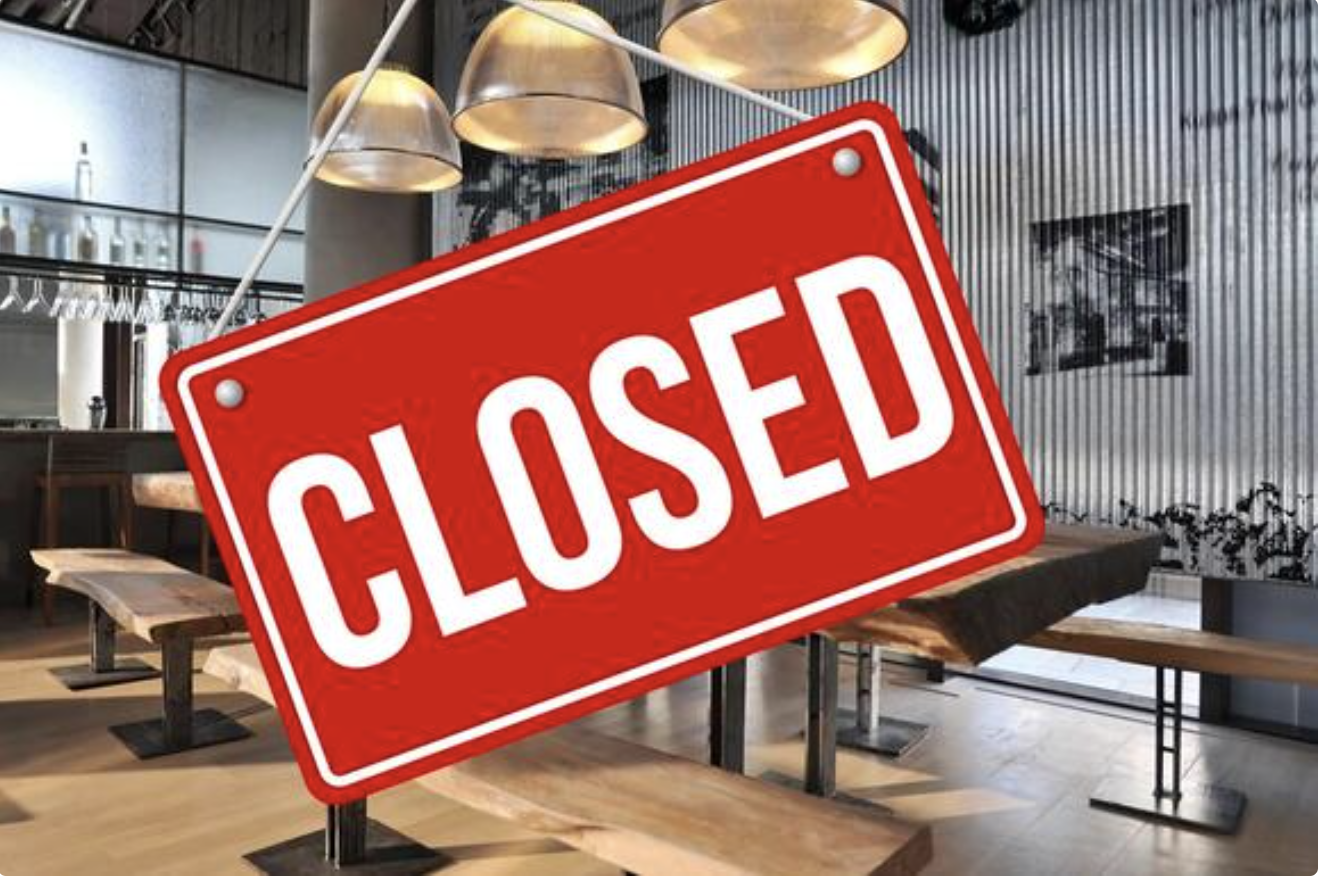
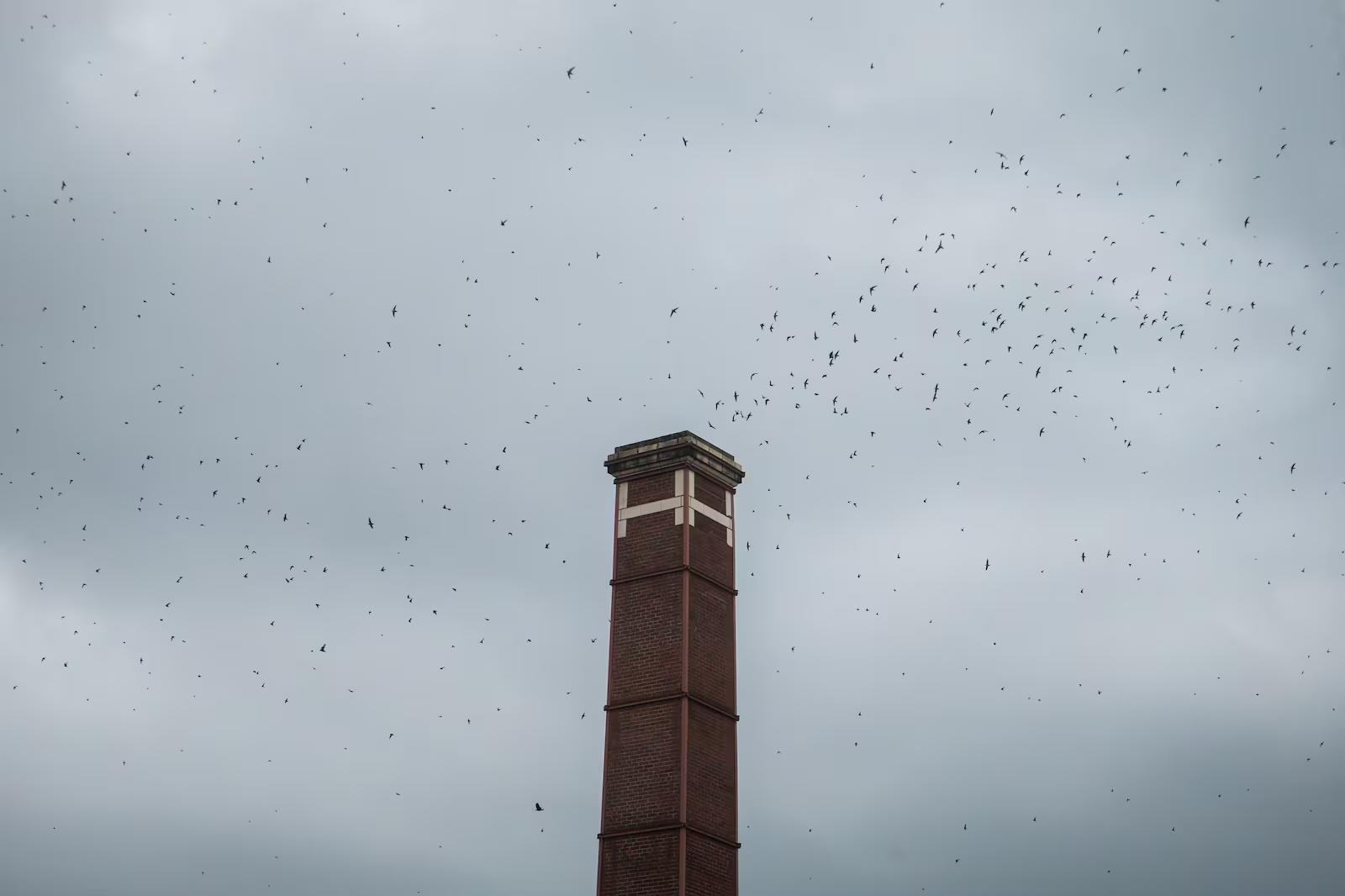

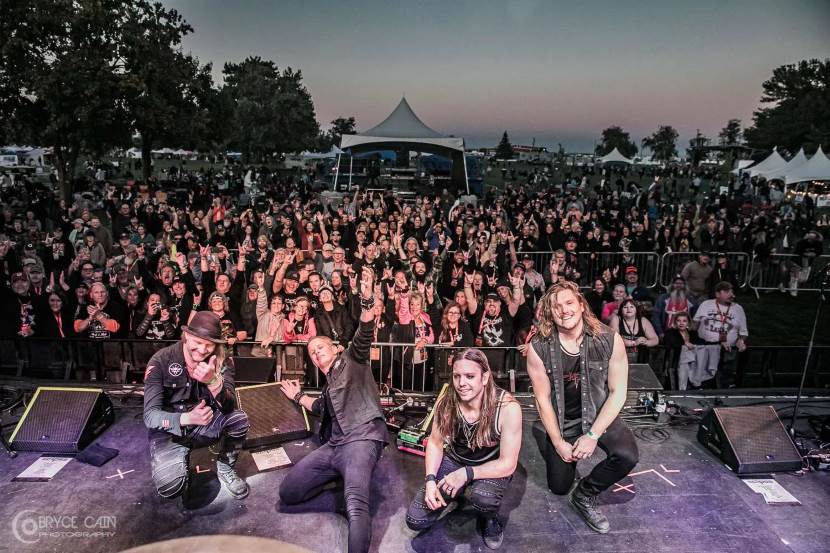


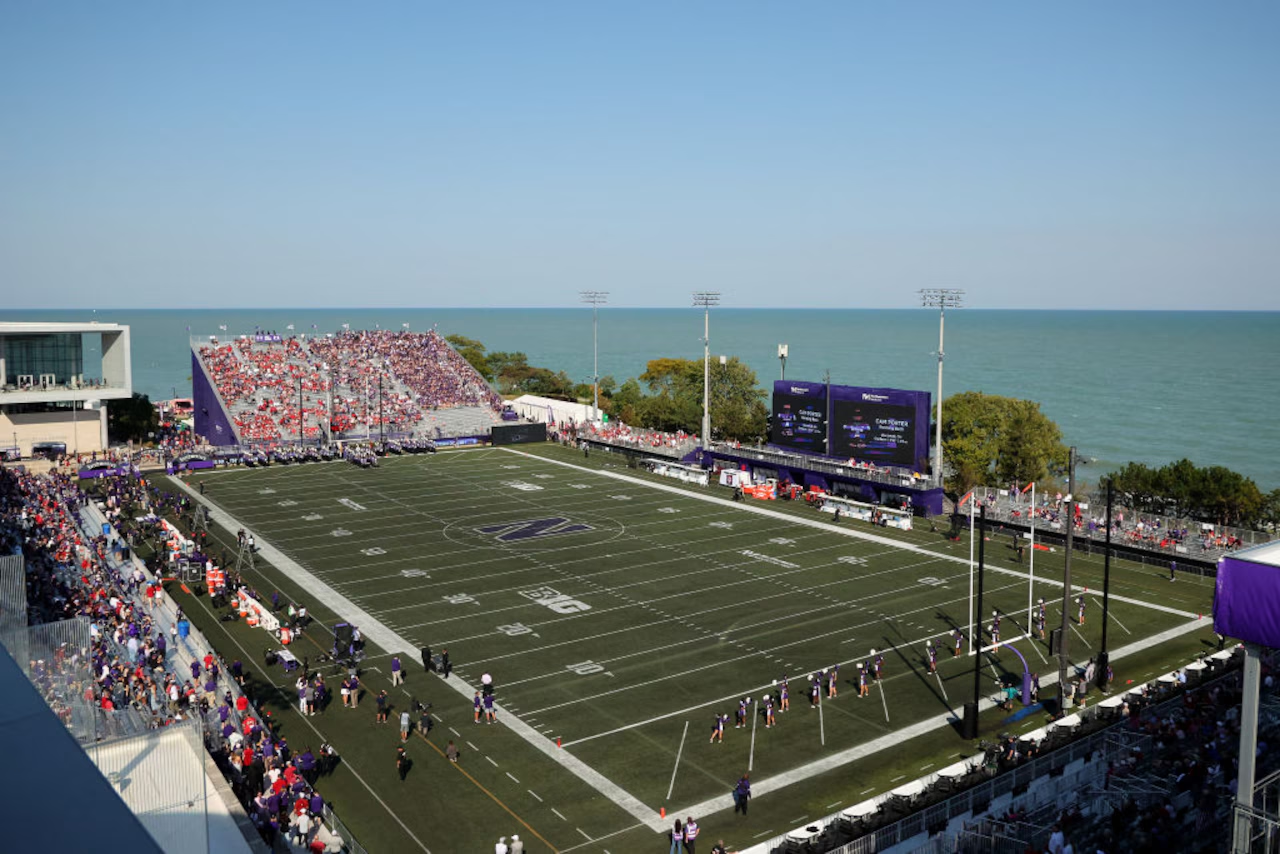
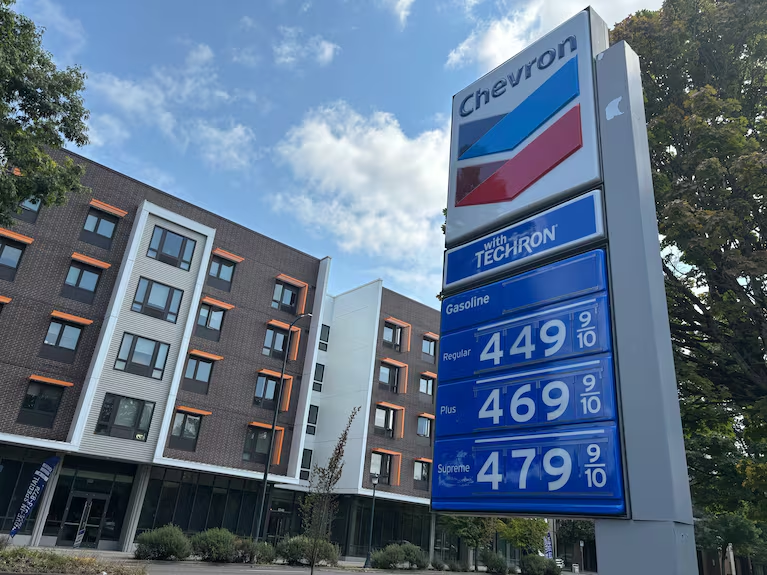


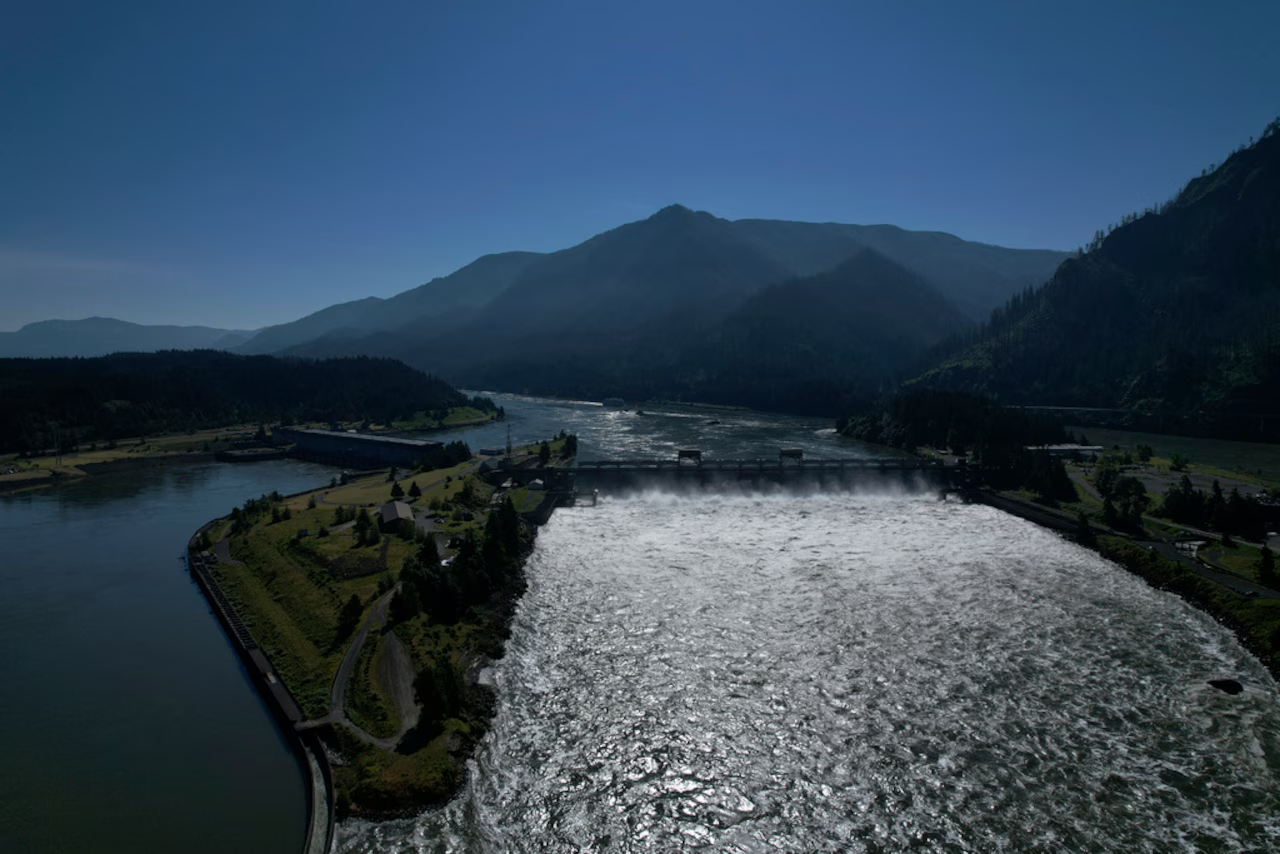
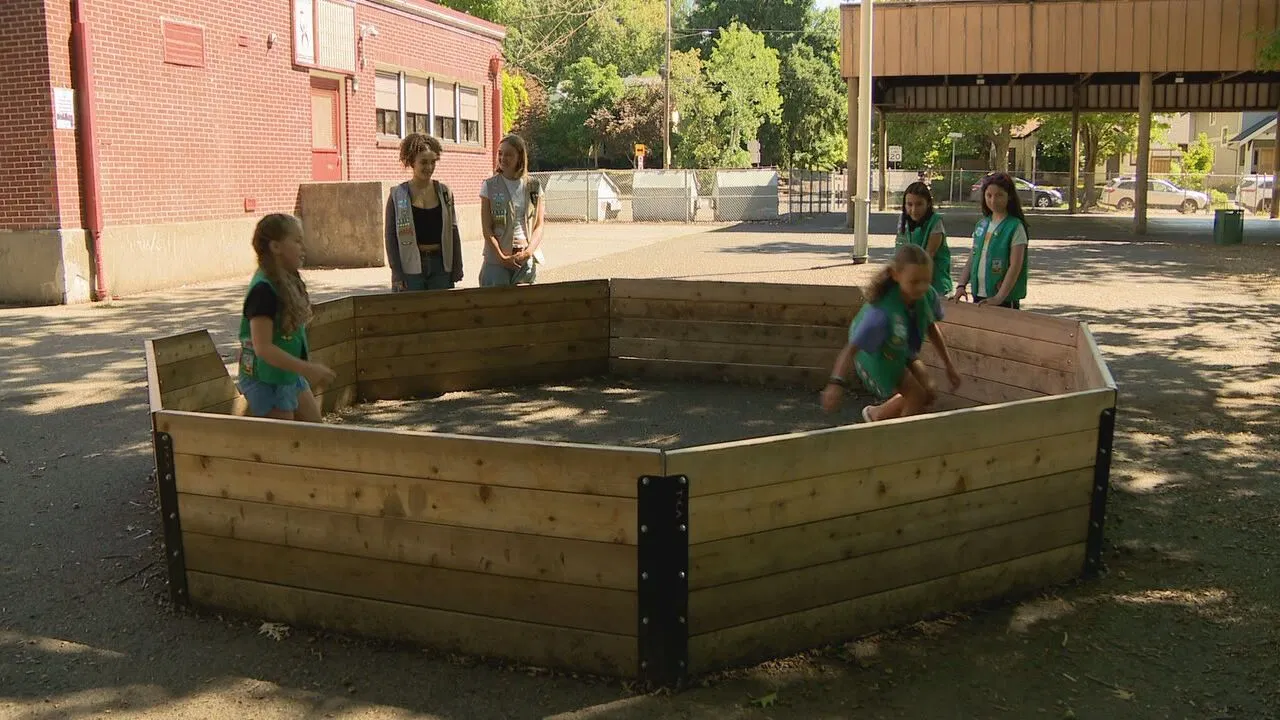
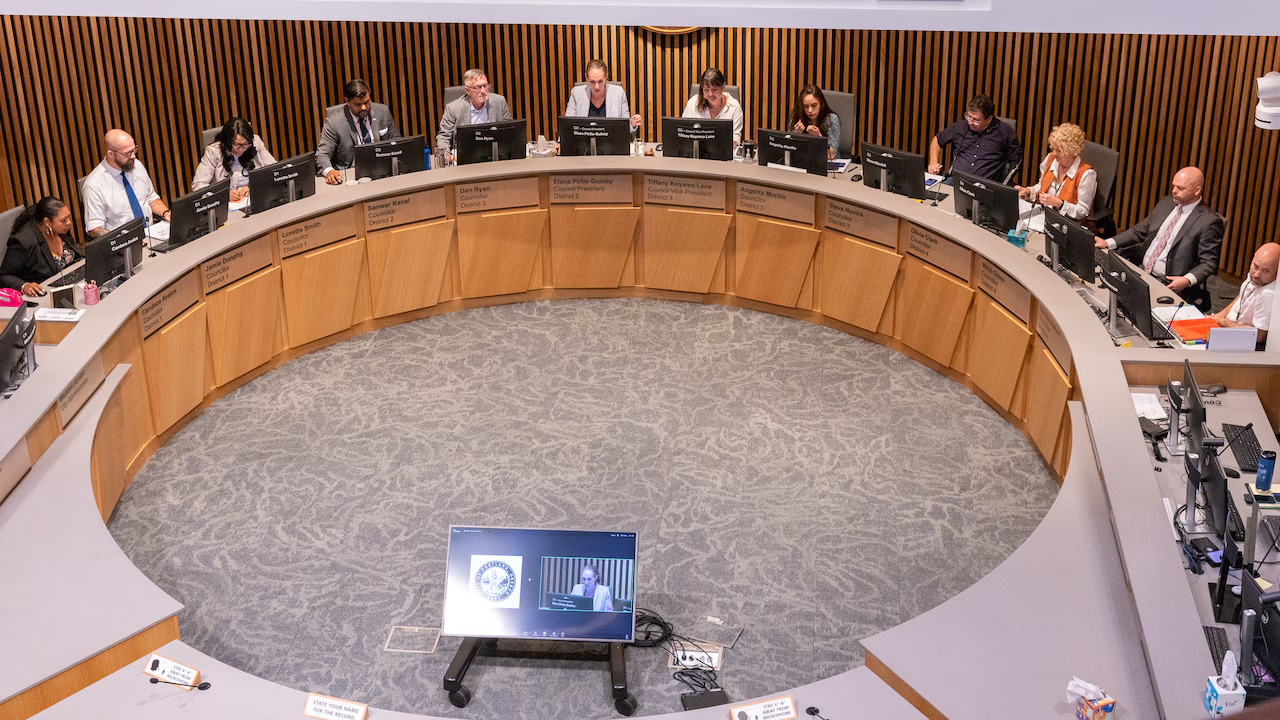
Leave a Reply